Minutes of RBA’s October meeting surprised market participants with a more hawkish tone than anticipated. The board seriously contemplated a rate hike at the meeting, but opted to hold due to a lack of “sufficient new information.
Additionally, the central bank underscored its “low tolerance” for a delayed return of inflation to target. It suggested that “some further tightening” might be imminent if inflation proves to be more persistent than current expectations.
As RBA steers ahead, its forthcoming November meeting is expected to be crucial. The board will be equipped with additional economic data on factors such as inflation, labour market dynamics, and overall economic activity. Additionally, they will have at their disposal revised staff forecasts
The minutes highlighted, “members considered two options for monetary policy at this meeting: raising the cash rate target by a further 25 basis points; or holding the cash rate target steady.” However, the decision to maintain the status quo was reached as “members agreed that the case to leave the cash rate target unchanged at this meeting was the stronger one.” This consensus was influenced by the absence of “sufficient new information over the preceding month from economic data or financial markets to necessitate an adjustment in the stance of monetary policy.”
However, the upcoming November meeting might paint a different picture. The board is set to receive “additional data on economic activity, inflation and the labour market, as well as a set of revised staff forecasts.”
“In reaching their decision, members noted that some further tightening of policy may be required should inflation prove more persistent than expected. The Board has a low tolerance for a slower return of inflation to target than currently expected,” the minutes detailed.
Full RBA minutes here.




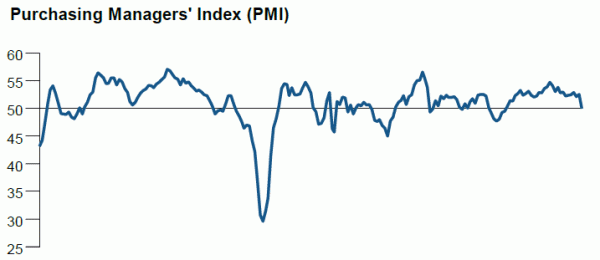
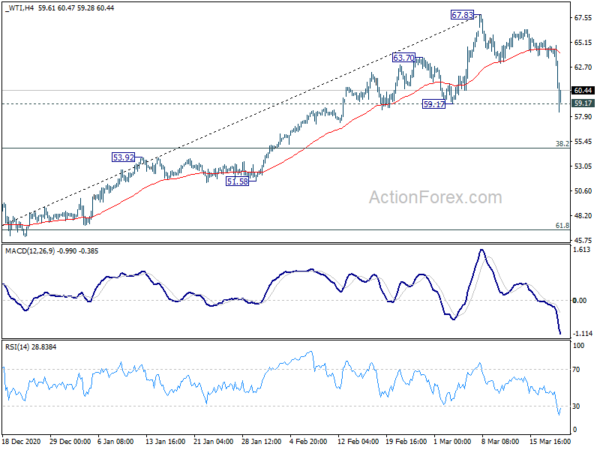
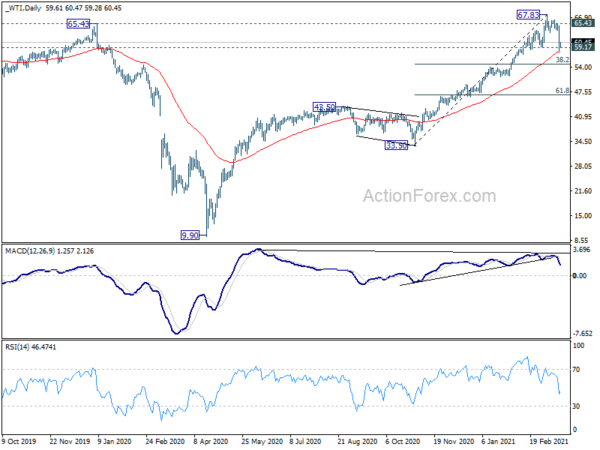
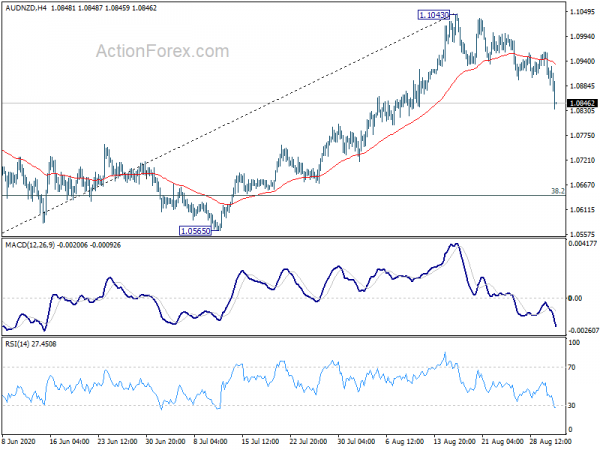
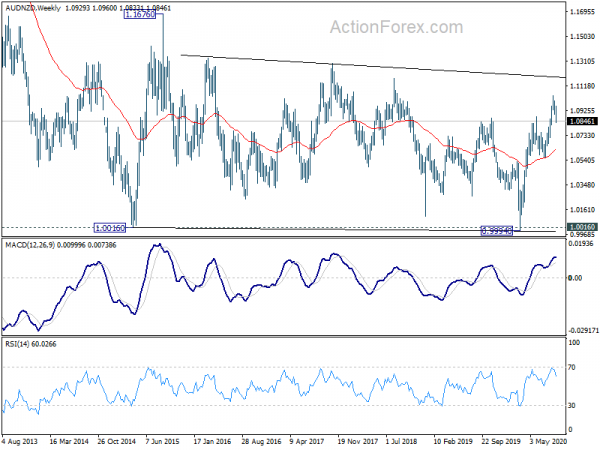
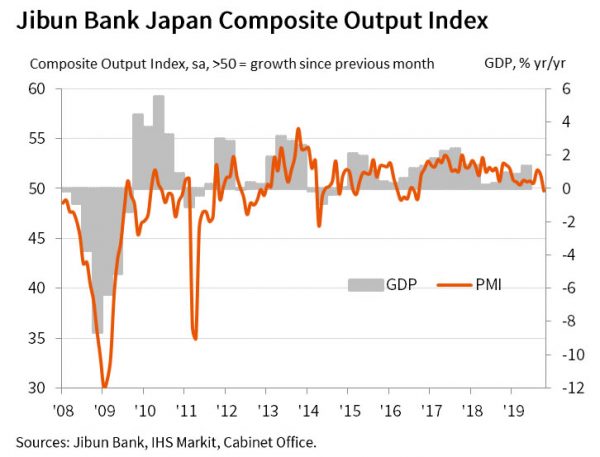
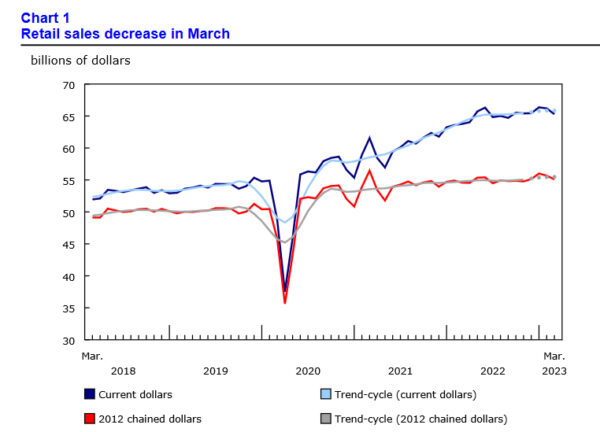
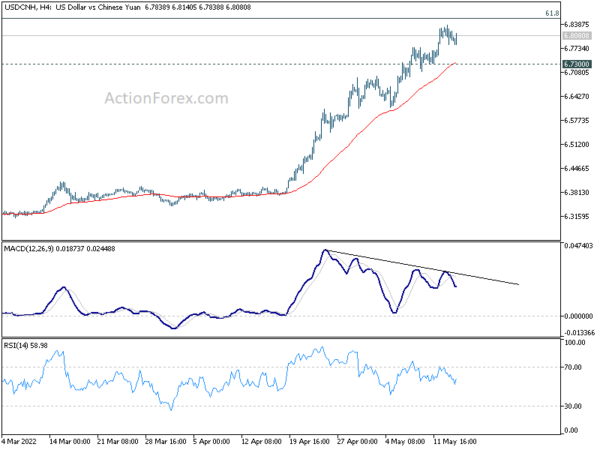
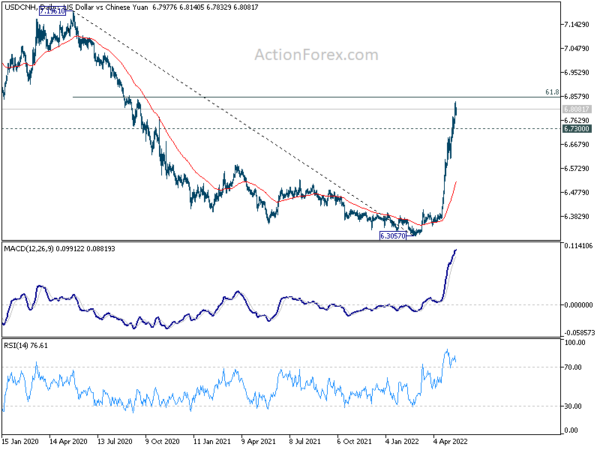
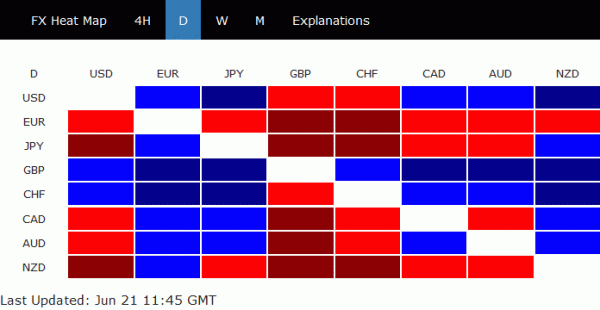
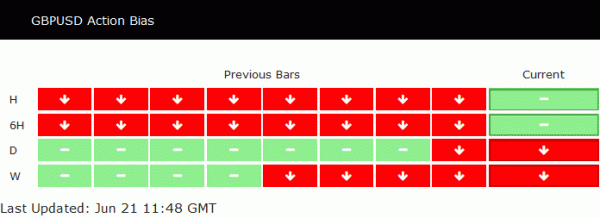
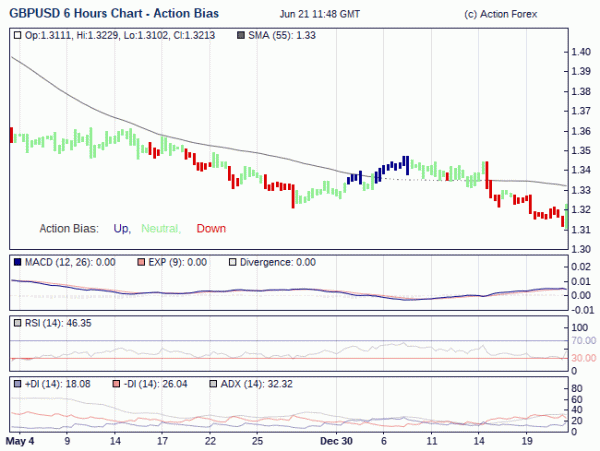
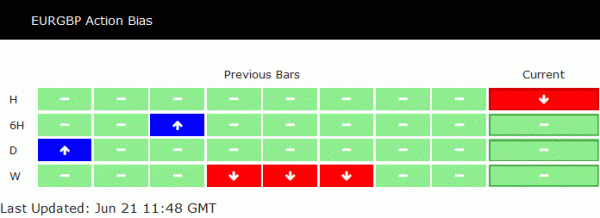
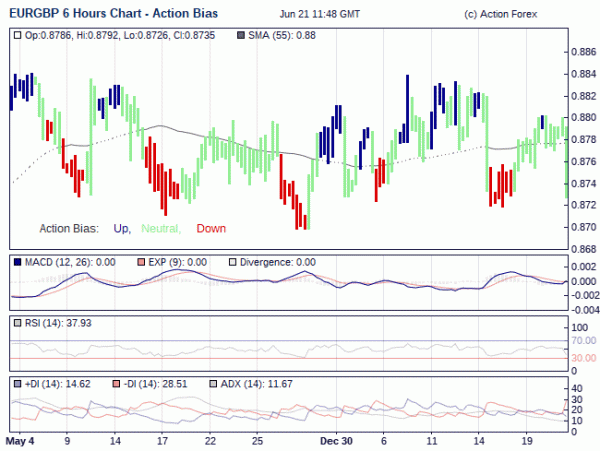
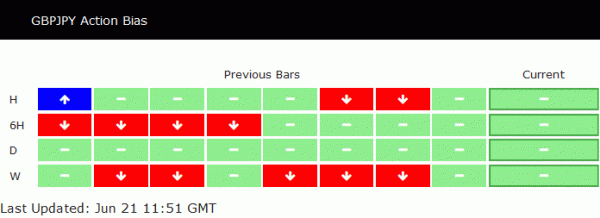
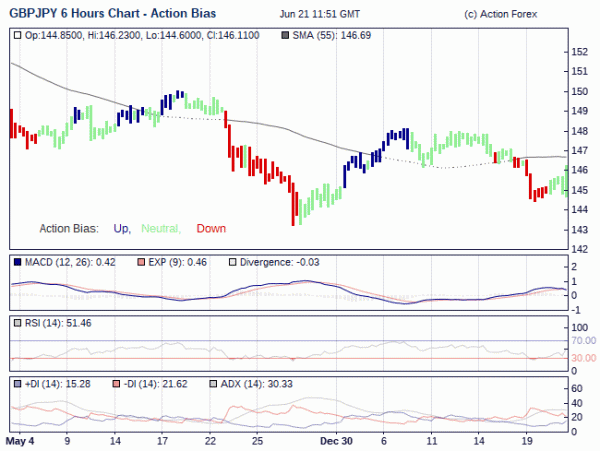
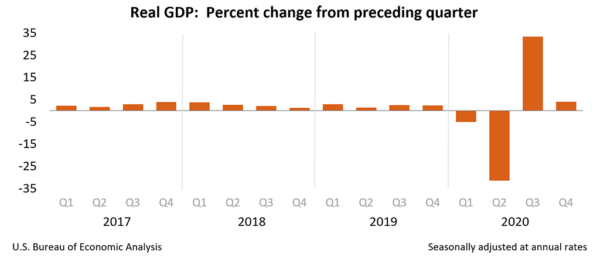
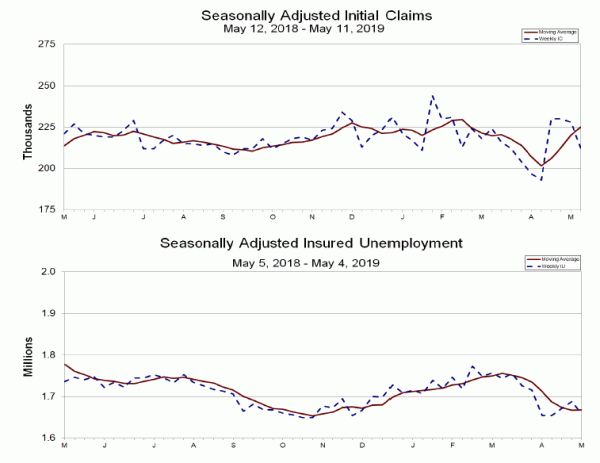
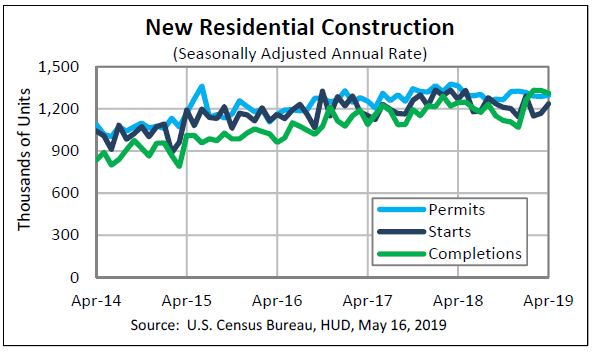
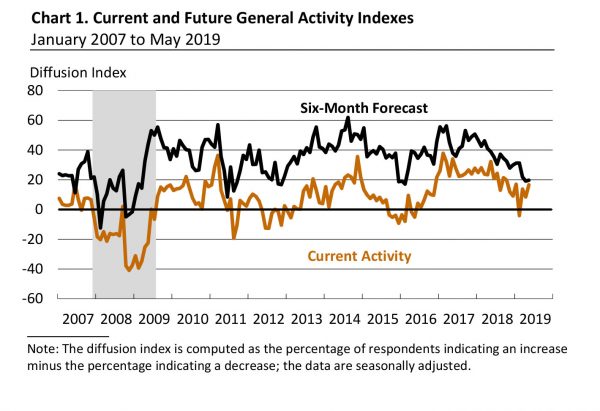

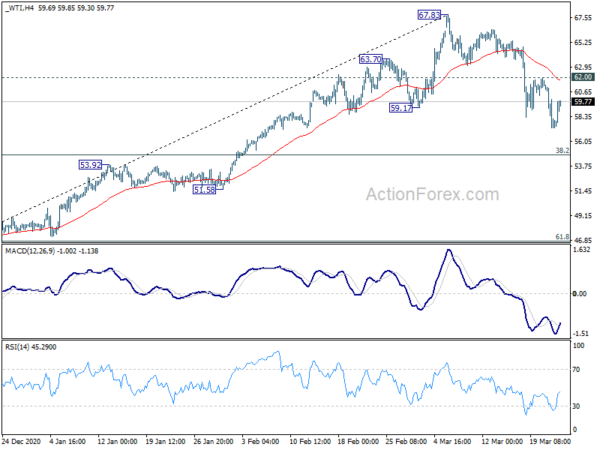
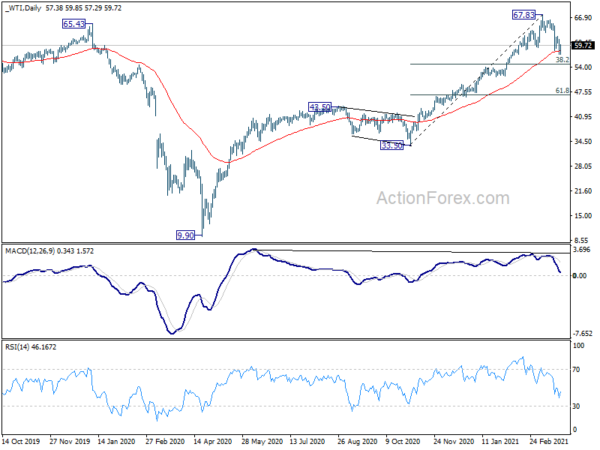
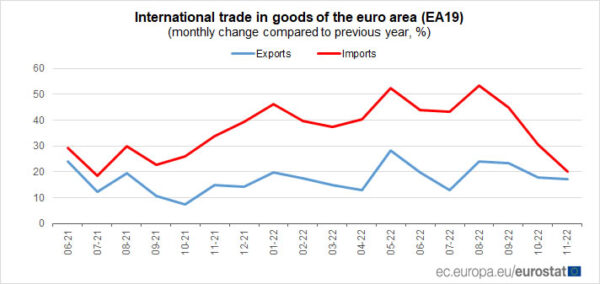

EUR/USD dips on Draghi’s press conference, but quickly recovers
Euro drops broadly after ECB President Mario Draghi sounds rather cautious and downbeat in the post meeting press conference. In particular, Draghi noted that “The risks surrounding the euro area growth outlook have moved to the downside on account of the persistence of uncertainties related to the geopolitical factors and the threat of protectionism, vulnerabilities in emerging markets and financial market volatility.” As he added that “The persistence of uncertainties, in particular relating to geopolitical factors and the threat of protectionism, is weighing on economic sentiment.”
Later in the Q&A, Draghi said today’s ECB meeting was devoted to an “assessment” on the slowdown. And about the questions of “Where are we? Why we’re here? And how long will the slowdown last”. The meeting was not about the implications on monetary policy. And ECB policymakers were “unanimous” on acknowledging weaker momentum” and “changing of the balance of risks for growth”. The Governing Council will give itself more time to assess the risk factors, and there will be another discussion in March with new economic projections.
EUR/USD dips to as low as 1.1306 but is now back at 1.1352. While Draghi was cautious, he didn’t bring out any “new” dovishness in the press conference.